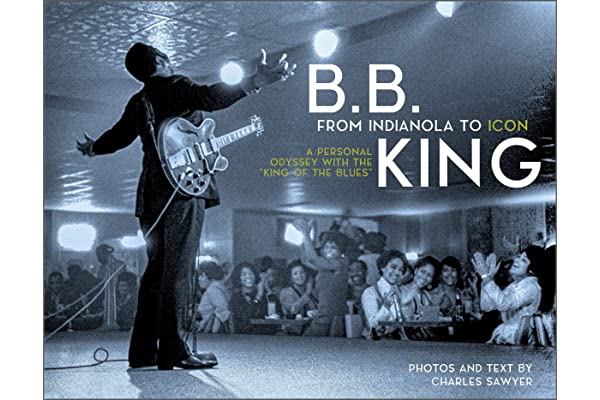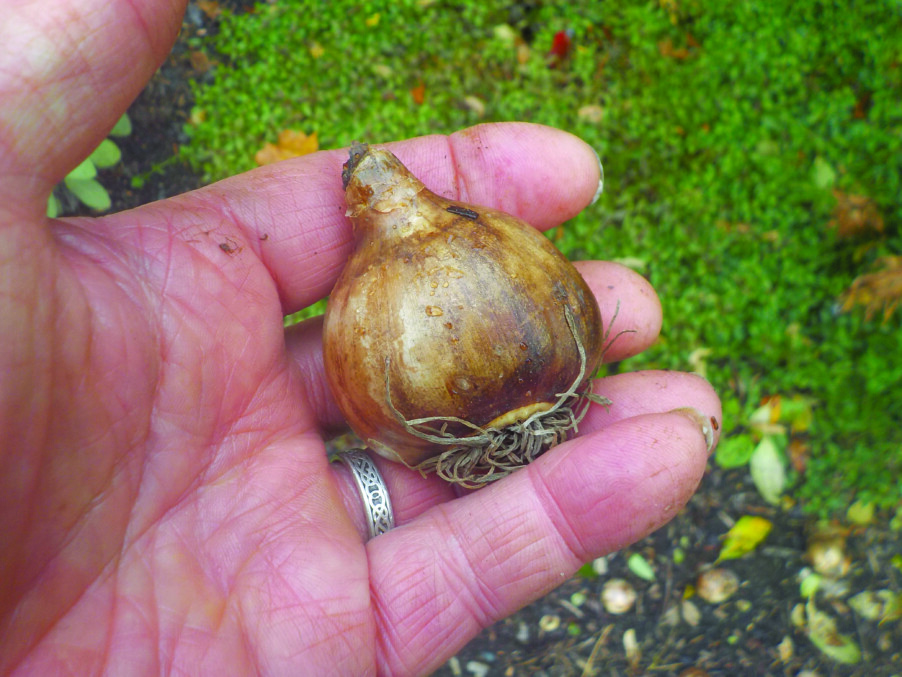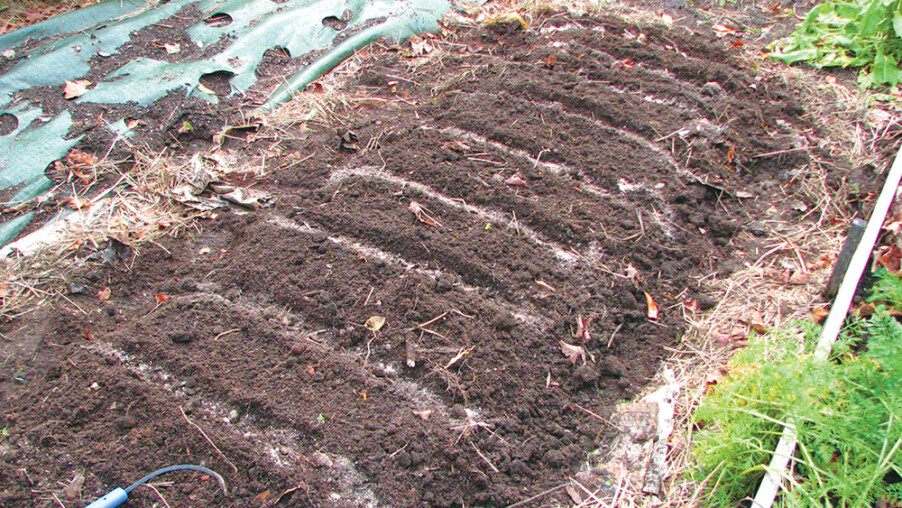Concord native presents new photo biography of B.B. King
By Mya Blanchard
listings@hippopress.com
Whether through pictures or narrative, Concord native Charles Sawyer has a long history of storytelling. His latest project, B.B. King: From Indianola to Icon, is a coffee table book of photographs of the blues icon all taken by Sawyer. He will be at Gibson’s Bookstore in Concord for an author event on Wednesday, Nov. 9, at 6:30 p.m., to talk about the book.
Sawyer started writing in 1967 for the purpose of providing text to go along with his photographs. Through this experience, he realized how much he enjoyed it, and his writing eventually took on a life of its own. Since then, Sawyer has amassed experience in journalism and has worked on several unproduced screenplays in a variety of genres, including a special on King that was commissioned by WGBH, as well as a screenplay based on a murder trial in Vermont, and another centered on the Yom Kippur War in 1973.
One of his most successful projects was his 1980 book The Arrival of B.B. King, which stayed in print for 25 years. Used copies of that book can still be found on Amazon.
Many of Sawyer’s projects have been centered around King, with whom he became good friends over a period of 40 years.
“I met him in 1968 when he was playing at a famous nightclub outside of Boston [called Lenny’s on the Turnpike],” Sawyer said. “[It was] … a small 200-seat nightclub where he was playing for about nine days running. I had seen him perform a few times before but I had never met him, and I was very eager to photograph him and possibly to meet him. The intimacy of this club … afforded me the opportunity to get in real close under very optimal lighting conditions while he was performing.”
After King’s first set that night at Lenny’s on the Turnpike, the two engaged in conversation and quickly formed a personal relationship. Sawyer returned to the nightclub for several days and gained status as an insider after King invited him back to his motel room to join in on his poker game.
“I opted not to play because I was scared to death I would lose all my money,” Sawyer said.
With the extra down time that came with his retirement in 2015, Sawyer turned to his archive of photos of the blues singer. As he started digitizing them, he realized he had the makings of what would become B.B. King: From Indianola to Icon. This new book consists of more than 200 photos — some never before published — that Sawyer took over the years, accompanied by some of his own reflections and memories of his friendship with King. The first chapter of the book, for example, tells the story of how it began.
During the event at Gibson’s, Sawyer will engage in a question-and-answer session with attendees, share excerpts from his book and possibly show some projections or panels of pictures.
“One of the reviewers made quite a comment to say that a book of this quality, in this league of coffee table books, to be sold for as little as $45 is quite remarkable,” Sawyer said. “The photographic production … is of the very highest quality that I could have anticipated.”
Charles Sawyer presents B.B. King: From Indianola to Icon
When: Wednesday, Nov. 9, at 6:30 p.m.
Where: Gibson’s Bookstore, 45 S. Main St., Concord
Visit: gibsonsbookstore.com
Featured photo: Courtesy photo.






